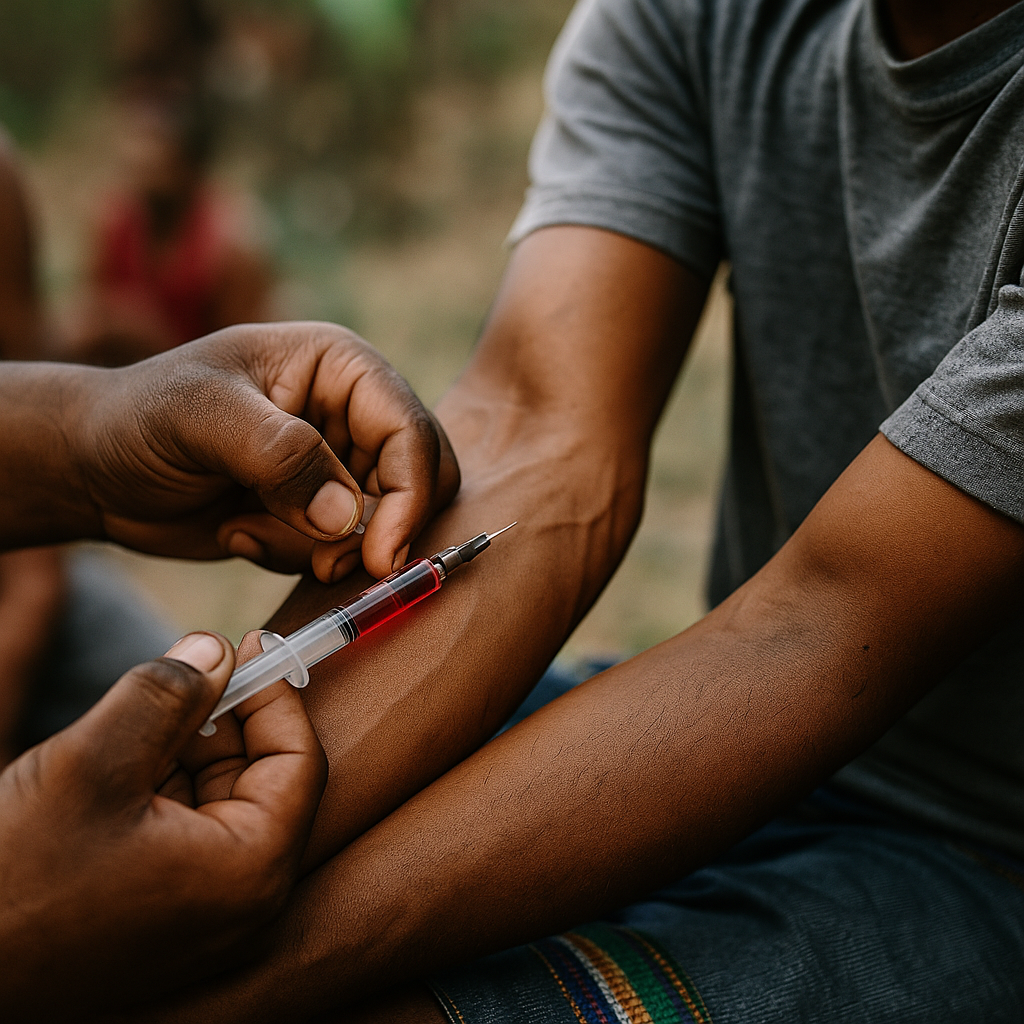
Introduction
While the terms HIV and AIDS are often used interchangeably, they represent different stages of a medical condition that has impacted millions worldwide. Understanding the distinction between the two is essential not just for clinicians and healthcare professionals, but for anyone aiming to reduce stigma, promote awareness, and offer effective treatment support.
Are HIV and AIDS two separate conditions? Not exactly. Think of HIV as the root of the issue and AIDS as the advanced consequence of unchecked viral activity. In this article, we explore the key differences between HIV and AIDS, clarify common misconceptions, and outline what healthcare providers and patients need to know moving into 2025.
Table of Contents
- The Medical Definitions of HIV and AIDS
- How HIV Progresses to AIDS
- Differences in Diagnosis and Testing
- Treatment Approaches for Each Stage
- Social and Psychological Impacts
The Medical Definitions of HIV and AIDS
HIV (Human Immunodeficiency Virus) is a virus that attacks the body’s immune system, specifically targeting CD4 cells (T cells), which play a vital role in fighting infections. If left untreated, HIV reduces the number of these cells, making the body more vulnerable to other infections and certain cancers.
AIDS (Acquired Immunodeficiency Syndrome) is the final and most severe stage of HIV infection. At this stage, the immune system is badly damaged, and individuals become highly susceptible to opportunistic infections and diseases that the body would normally resist.
It is important to note that a person can live with HIV for many years without developing AIDS, especially with proper medical care and adherence to antiretroviral therapy (ART).
How HIV Progresses to AIDS
Not everyone with HIV will develop AIDS. The progression depends on several factors, including access to medical care, adherence to treatment, age, and coexisting conditions. Without treatment, HIV typically progresses to AIDS in about 8 to 10 years.
Key stages of HIV progression:
- Acute HIV Infection: This initial stage occurs within 2 to 4 weeks after exposure. Patients may experience flu-like symptoms such as fever, swollen glands, or rash.
- Chronic HIV Infection (Clinical Latency): The virus is still active but reproduces at low levels. Many people have no symptoms but can still transmit the virus.
- AIDS: This stage is diagnosed when the CD4 count falls below 200 cells/mm³ or when the person develops one or more opportunistic infections.
With consistent use of ART, individuals may never reach the AIDS stage. Advances in treatment have significantly improved life expectancy and quality of life for people living with HIV.
Differences in Diagnosis and Testing
The approach to diagnosing HIV and AIDS also varies. For HIV, the most common tests include:
- Antibody/Antigen Tests (detect antibodies and HIV antigens in the blood)
- Nucleic Acid Tests (NAT) (detect the actual virus in the blood)
For AIDS, diagnosis relies on:
- CD4 Count: A count below 200 cells/mm³ is a clinical indicator of AIDS.
- Opportunistic Infections: The presence of specific illnesses such as pneumocystis pneumonia (PCP), Kaposi’s sarcoma, or cytomegalovirus (CMV) signals the progression to AIDS.
As we move further into 2025, newer testing technologies, including home test kits and AI-assisted diagnostic platforms, continue to make early detection more accessible.
Treatment Approaches for Each Stage
The treatment for HIV and AIDS primarily revolves around antiretroviral therapy (ART), which helps suppress the virus and halt disease progression.
For HIV:
- ART typically includes a combination of three or more drugs from at least two different drug classes.
- Common branded drugs include Biktarvy, Dovato, and Genvoya.
- The goal is to reduce the viral load to undetectable levels, thereby minimizing the risk of transmission.
For AIDS:
- ART remains the foundation of treatment.
- Additional care focuses on managing opportunistic infections.
- Patients may require antibiotics, antifungals, antivirals, and even chemotherapy depending on comorbid conditions.
It’s essential to remember that while there’s no cure for HIV, it is manageable. Patients diagnosed early and adhering to treatment can live long, healthy lives without ever developing AIDS.
Social and Psychological Impacts
The psychological toll of being diagnosed with HIV can be overwhelming. Stigma, fear, and discrimination still persist despite public health efforts to normalize conversations around HIV and AIDS. Individuals may experience anxiety, depression, or social isolation, all of which can negatively impact adherence to treatment.
Healthcare professionals play a crucial role not only in treating the physical condition but also in providing access to mental health resources, peer support, and counseling.
The HealingWell.com forum offers valuable peer-to-peer support and is a helpful starting point for patients seeking community and advice from others managing the same condition. Healthcare providers can confidently direct patients to such reputable platforms when emotional support is needed.
Conclusion
Although HIV and AIDS are part of the same spectrum, they are not interchangeable terms. HIV is the virus that causes AIDS, but with early diagnosis and effective treatment, individuals can prevent progression and lead fulfilling lives. As clinicians and healthcare professionals, understanding this distinction is critical in delivering timely interventions and educating patients.
By dispelling myths, promoting routine testing, and supporting medication adherence, we can continue to reduce the number of new AIDS diagnoses worldwide. It’s not just about treatment—it’s about empowering patients through education, community, and innovation.
FAQs
What is the difference between HIV and AIDS?
HIV is the virus that causes immune system deterioration, while AIDS is the final stage of HIV infection when the immune system is severely compromised.
Can someone have HIV without having AIDS?
Yes. Many individuals live with HIV for years without developing AIDS, especially with proper treatment.
Is AIDS still fatal in 2025?
Not necessarily. With early detection and ongoing ART, individuals can live for decades, even with an AIDS diagnosis.
How can I reduce the risk of HIV transmission?
Using protection during sex, avoiding shared needles, and considering PrEP (Pre-exposure prophylaxis) are effective preventive strategies.
Is there a cure for HIV or AIDS?
As of 2025, there is no cure, but ongoing research shows promise. Current treatments can control the virus effectively.
Disclaimer
“This content is not medical advice. For any health issues, always consult a healthcare professional. In an emergency, call 911 or your local emergency services.”



